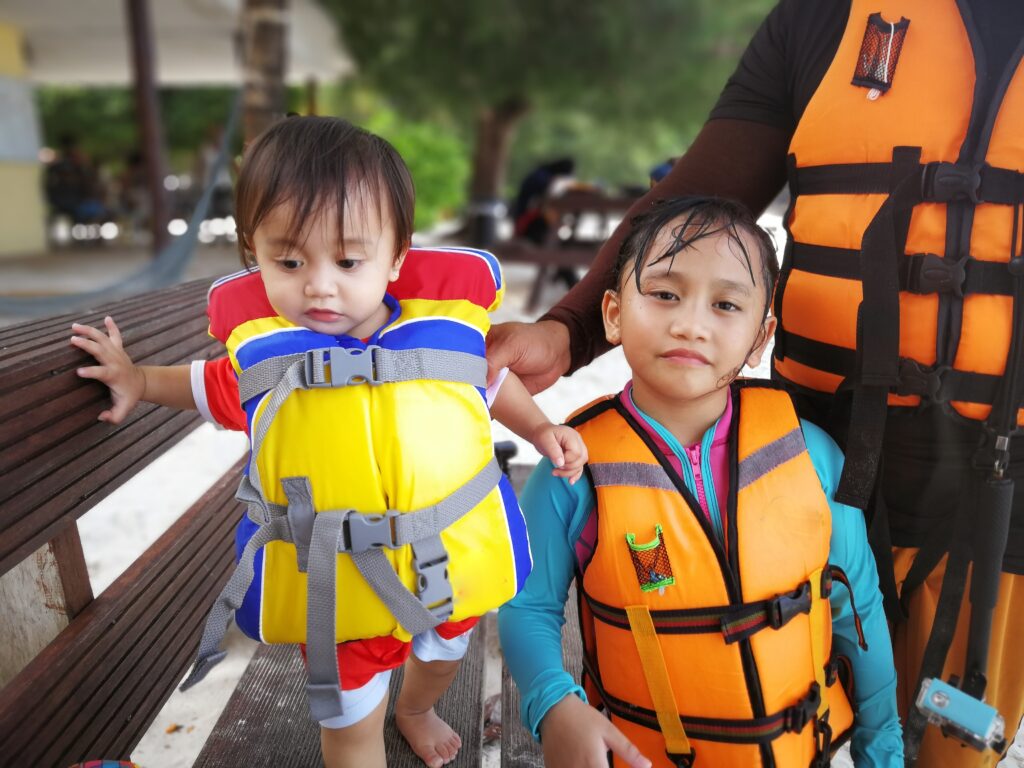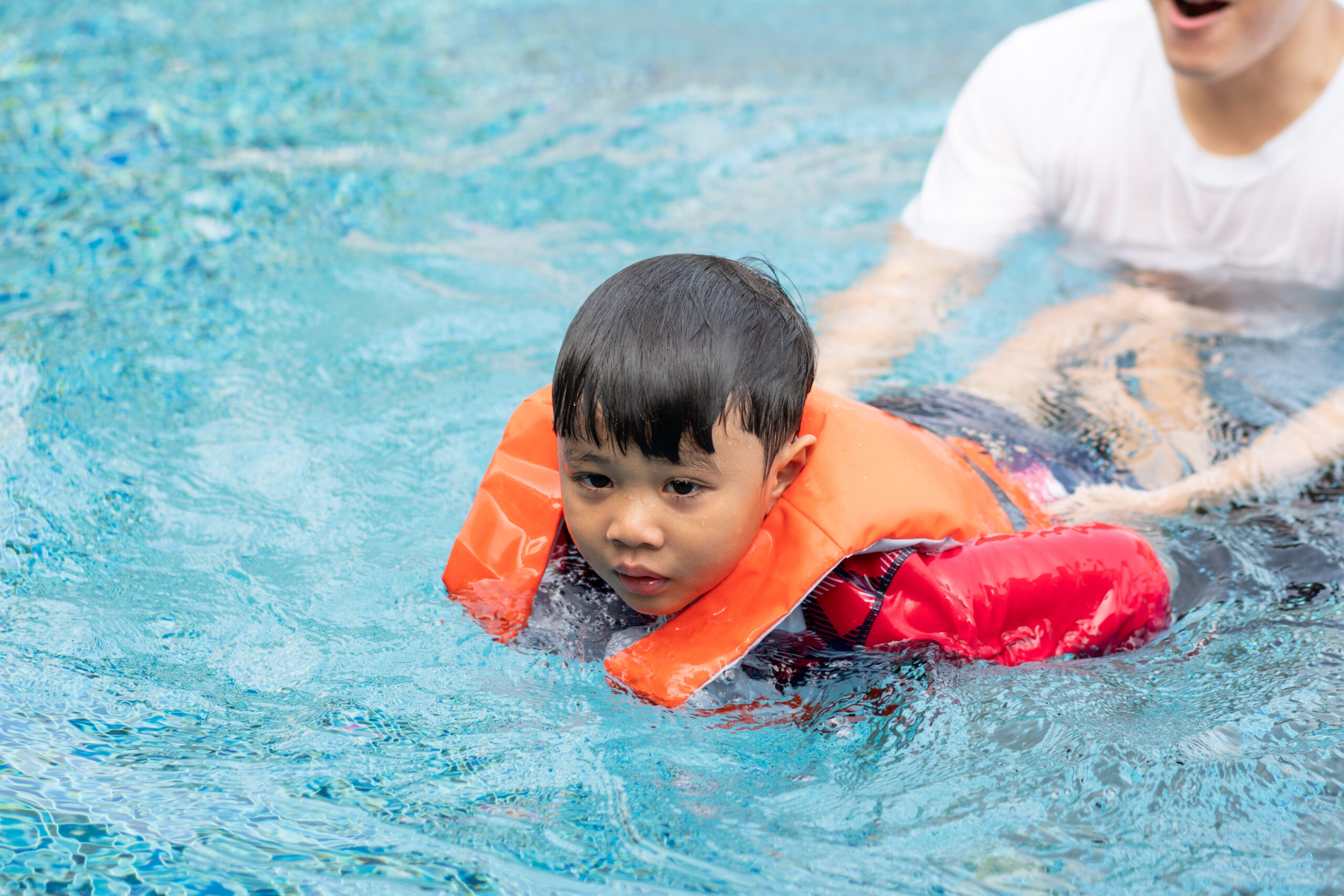As parents, ensuring the safety and well-being of our children is paramount. One area that demands our attention is water safety. Drowning remains a leading cause of unintentional injury deaths among children, especially those aged 1 to 4. This alarming statistic underscores the importance of equipping our children with essential survival swimming skills.
Understanding Survival Swim Lessons
Unlike traditional swimming lessons that focus on stroke techniques and recreational skills, survival swim lessons are designed to teach children critical self-rescue techniques. These skills enable a child to:

- Float on their back to breathe and rest.
- Swim to safety or the edge of the pool.
- Tread water until help arrives.
These lessons aim to prepare children for unexpected situations where they might find themselves in water unsupervised.
The Importance of Early Introduction
Introducing children to water safety at an early age offers numerous benefits:
- Enhanced Water Competency: Early exposure helps children develop a healthy respect for water, reducing the likelihood of panic in unexpected situations.
- Physical Development: Swimming engages various muscle groups, promoting balance, coordination, and overall physical health.
- Building Confidence: Mastering survival skills boosts a child’s self-esteem, fostering independence and resilience.
Addressing Concerns and Misconceptions
Some parents may have reservations about enrolling their young children in survival swim lessons, fearing they might be traumatic or that infants cannot grasp such skills. However, studies suggest that water survival skills training and swim lessons can help reduce drowning risk for children between ages 1-4.
Integrating Survival Skills into Daily Life
Beyond formal lessons, parents can reinforce water safety through:
- Engaging in Water-Based Toddler Activities: Supervised play in shallow water can acclimate toddlers to the aquatic environment, making them more comfortable and receptive during formal lessons.
- Practicing Mindful Parenting: Being present and attentive during bath times or pool visits ensures safety and builds trust, making children more confident in the water.
- Holding Family Meetings: Discussing water safety rules and sharing experiences can reinforce the importance of vigilance and preparedness among all family members.
The Role of Conscious Parenting in Water Safety
Adopting The Conscious Parent approach means being aware of potential hazards and proactively addressing them. This involves:
- Educating Extended Family and Caregivers: Ensure that everyone involved in your child’s care understands and practices water safety measures.
- Modeling Safe Behavior: Children learn by observing. Demonstrating respect for water and adhering to safety protocols sets a positive example.
- Utilizing Nonviolent Communication: Addressing fears or anxieties about water in a gentle and understanding manner encourages open dialogue and trust.
Conclusion: Taking the Plunge Towards Safety
Investing in survival swim lessons is a proactive step towards safeguarding our children against drowning incidents. By integrating water safety into our parenting practices and daily routines, we empower our children with the skills and confidence they need to navigate aquatic environments safely.
Tip: Always ensure that swimming pools are secured with appropriate barriers and that children are supervised by attentive adults when near water.
For more insights and updates on child safety and development, don’t forget to follow us on Instagram, and YouTube for more insights and expertise.For the latest news and updates, click here to view our recent press releases.






